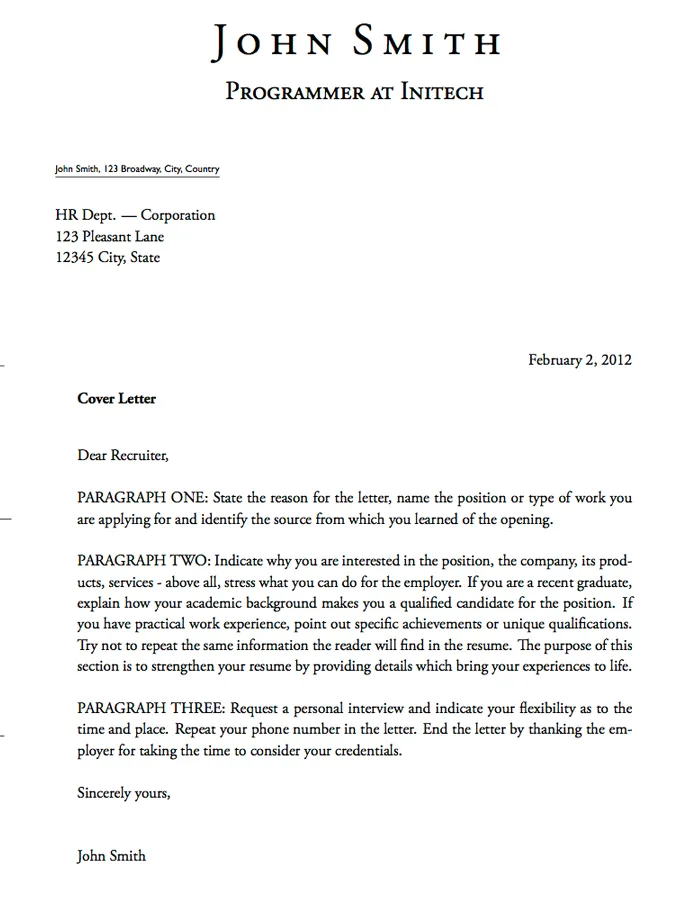Understanding the US Cover Letter Format
The US cover letter format is more than just a formality; it’s a crucial component of your job application. It’s your first opportunity to introduce yourself to a potential employer, showcase your skills and experience, and demonstrate your enthusiasm for the position. A well-structured and thoughtfully written cover letter can significantly increase your chances of landing an interview. This guide will provide a comprehensive understanding of the essential elements and best practices for creating a compelling US cover letter that gets you noticed. Mastering the US cover letter format is an investment in your career, helping you stand out in a competitive job market.
Essential Elements of a US Cover Letter
Your Contact Information
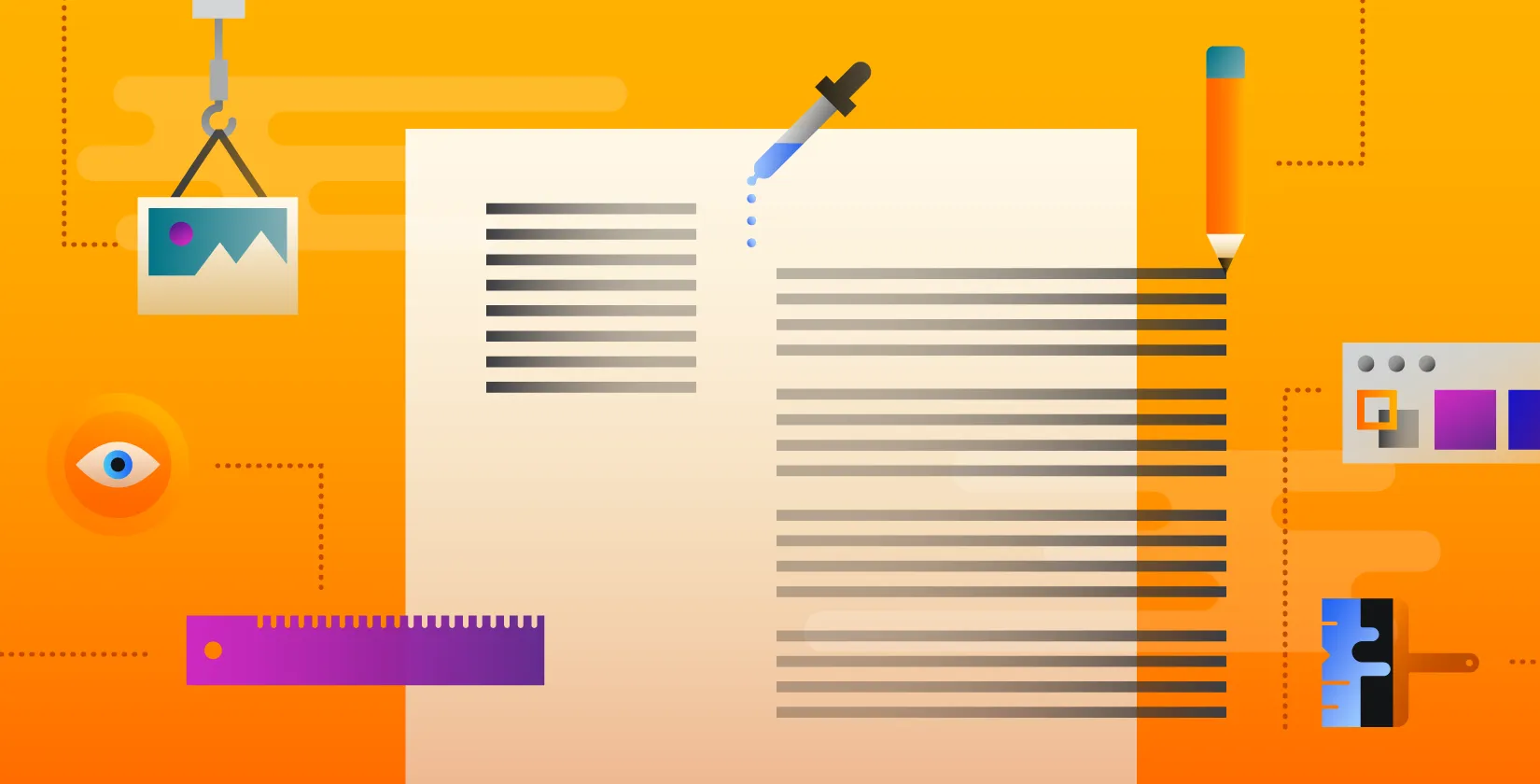
At the top of your cover letter, include your full name, address, phone number, and email address. Ensure your email address is professional and easy to read. This information allows the hiring manager to easily contact you. Consistency is key; the information should exactly match what’s on your resume. Double-check for any typos or errors, as even small mistakes can negatively impact your application. This section should be clearly formatted and easy to find.
Date and Recipient’s Information
Below your contact information, include the date you are writing the letter. Then, include the recipient’s information: the hiring manager’s name (if known), their title, the company name, and the company’s address. Researching the hiring manager’s name shows initiative. If you can’t find a specific name, use a professional title like ‘Hiring Manager.’ Accuracy here demonstrates attention to detail, a quality employers highly value. This section establishes the professional tone of your cover letter.
Salutation
Use a formal salutation, such as ‘Dear Mr./Ms./Mx. [Last Name].’ If you don’t know the hiring manager’s name, use ‘Dear Hiring Manager’ or ‘Dear [Company Name] Hiring Team.’ Avoid generic salutations like ‘To Whom It May Concern.’ The salutation sets the tone for the entire letter. Ensure you spell the recipient’s name correctly; this shows respect and attention to detail. A personalized salutation creates a stronger initial connection with the reader.
The Body of Your Cover Letter
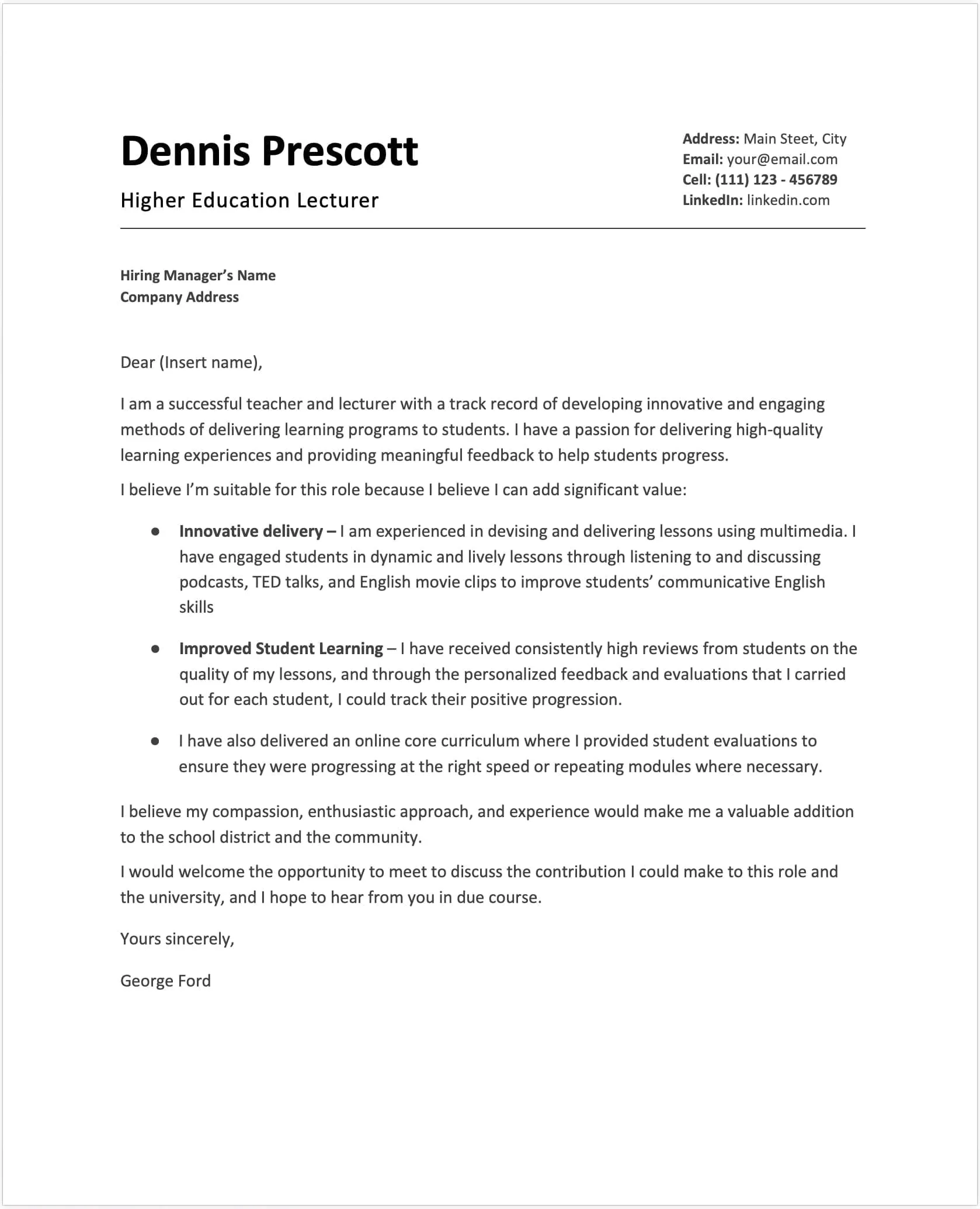
First Paragraph Hook
The first paragraph should immediately grab the reader’s attention. State the position you are applying for and where you saw the job posting. Briefly mention why you’re interested in the company and the role. Highlight your key skills or experiences that align with the job requirements. This paragraph is your opportunity to make a strong first impression. Keep it concise and focused; aim to capture their interest right away. The goal is to make the hiring manager want to read more.
Highlighting Skills and Experience
In the body paragraphs, elaborate on your skills and experience. Tailor your descriptions to match the job description. Use action verbs to describe your accomplishments and responsibilities. Quantify your achievements whenever possible to demonstrate the impact you’ve made in previous roles. Focus on the skills and experiences that are most relevant to the position. Provide specific examples to support your claims; this builds credibility and showcases your capabilities. The goal is to convince the hiring manager that you are a good fit for the role.
Showcasing Your Accomplishments
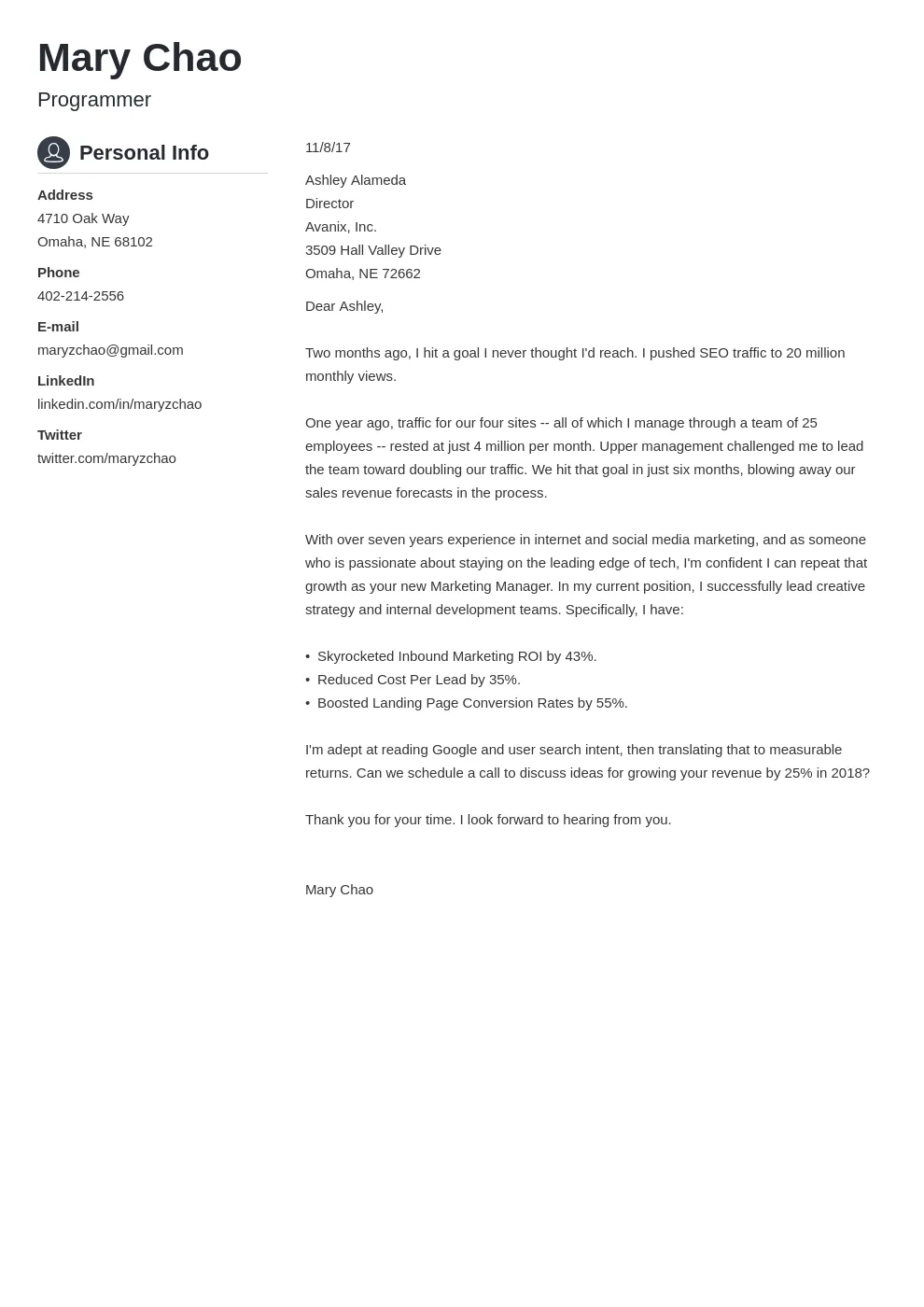
Go beyond listing your duties; highlight your accomplishments. Use the STAR method (Situation, Task, Action, Result) to structure your examples. Describe the situation, the task you were given, the actions you took, and the results you achieved. Quantify your achievements whenever possible (e.g., ‘Increased sales by 15%’). Show, don’t just tell, by providing concrete evidence of your successes. This demonstrates your value and potential to the employer. This section is crucial for setting yourself apart from other candidates.
Expressing Enthusiasm and Fit
Convey your enthusiasm for the position and the company. Explain why you are interested in this specific role and what you admire about the organization. Show how your skills and experience align with the company’s values and goals. This paragraph should demonstrate that you’ve done your research and are genuinely interested in the opportunity. Showcasing your passion for the role can make a significant difference. Make sure your enthusiasm feels authentic and genuine.
The Closing of Your US Cover Letter
Formal Closing and Signature
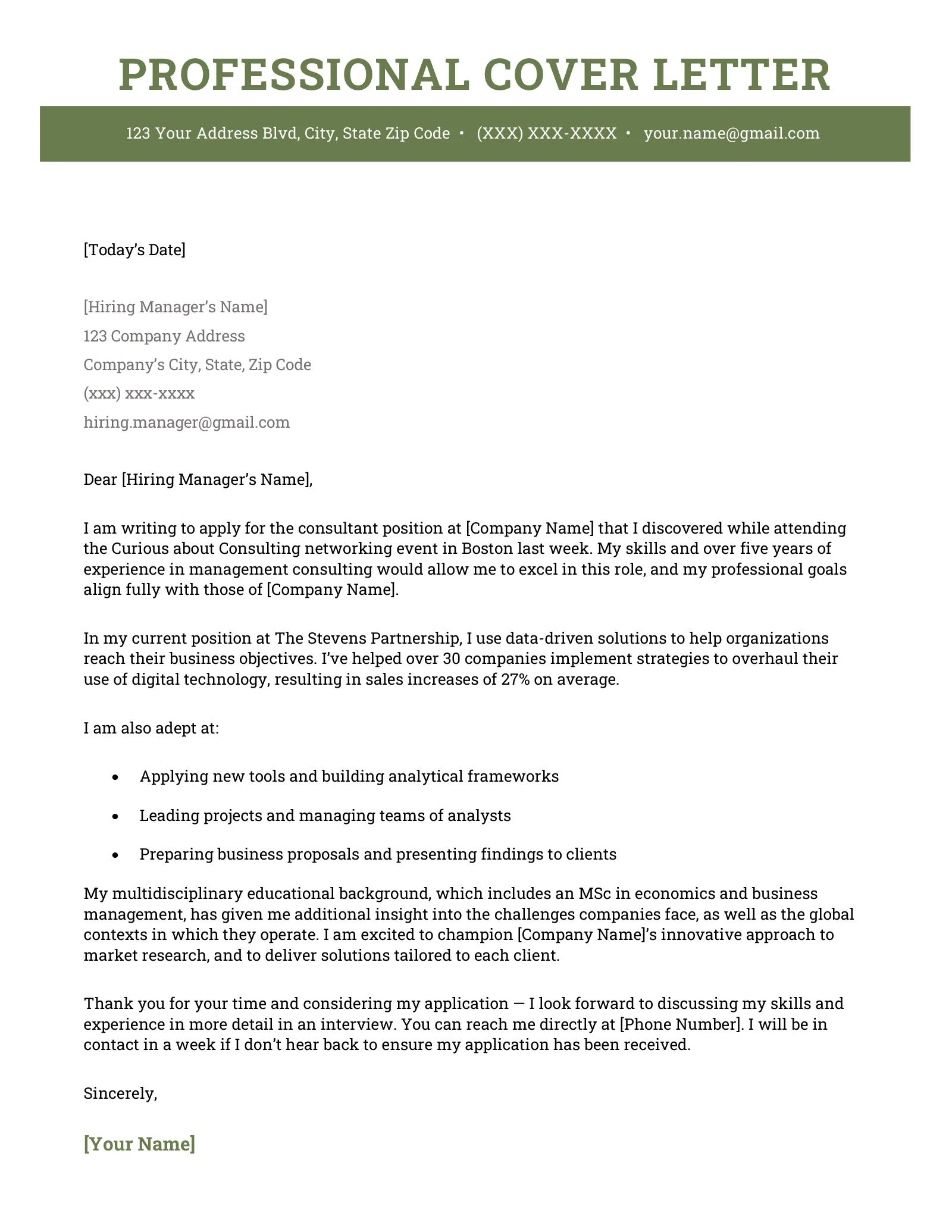
Use a formal closing, such as ‘Sincerely,’ ‘Best regards,’ or ‘Respectfully.’ Follow this with a typed signature, leaving space for your handwritten signature if you’re submitting a hard copy. Reiterate your interest in the position and thank the hiring manager for their time and consideration. Provide your contact information again, reinforcing how they can reach you. This section leaves a lasting professional impression. Ensure your closing reflects the tone of your entire letter.
Proofreading and Formatting
Thoroughly proofread your cover letter for any typos, grammatical errors, or formatting inconsistencies. Use spell check and grammar check tools, but also read the letter aloud to catch any errors you might miss. Ask a friend or colleague to review your letter for a fresh perspective. The absence of errors demonstrates professionalism and attention to detail. Pay close attention to the font, margins, and spacing to ensure readability and a polished appearance. A well-formatted cover letter creates a positive first impression.
US Cover Letter Format: Best Practices
Choosing the Right Font and Size

Select a professional and easy-to-read font, such as Times New Roman, Arial, or Calibri. Use a font size between 10 and 12 points for the body of your letter. Ensure the font is consistent throughout the document. Avoid overly stylized or decorative fonts, which can be distracting. A clean, legible font enhances readability and presents a professional image. This seemingly small detail contributes significantly to the overall impact of your cover letter.
Margins and Spacing for Readability
Set margins to one inch on all sides. Use single spacing for the body of your letter and double spacing between paragraphs. These formatting choices create a clean and uncluttered appearance, making it easier for the reader to scan and absorb the information. Proper spacing also contributes to a professional presentation. Well-formatted documents show that you value clarity and are attentive to detail, which reflects positively on you.
File Format and Submission
Save your cover letter as a PDF file to preserve the formatting and ensure it appears correctly on all devices. Name the file with your name and the job title (e.g., ‘JohnDoe_CoverLetter_MarketingManager’). Always follow the instructions provided in the job posting regarding file submission. If you are unsure, PDF is generally the safest option. Ensuring your document is easily accessible and well-formatted is important for making a strong first impression.
Adapting Your Cover Letter to the Job
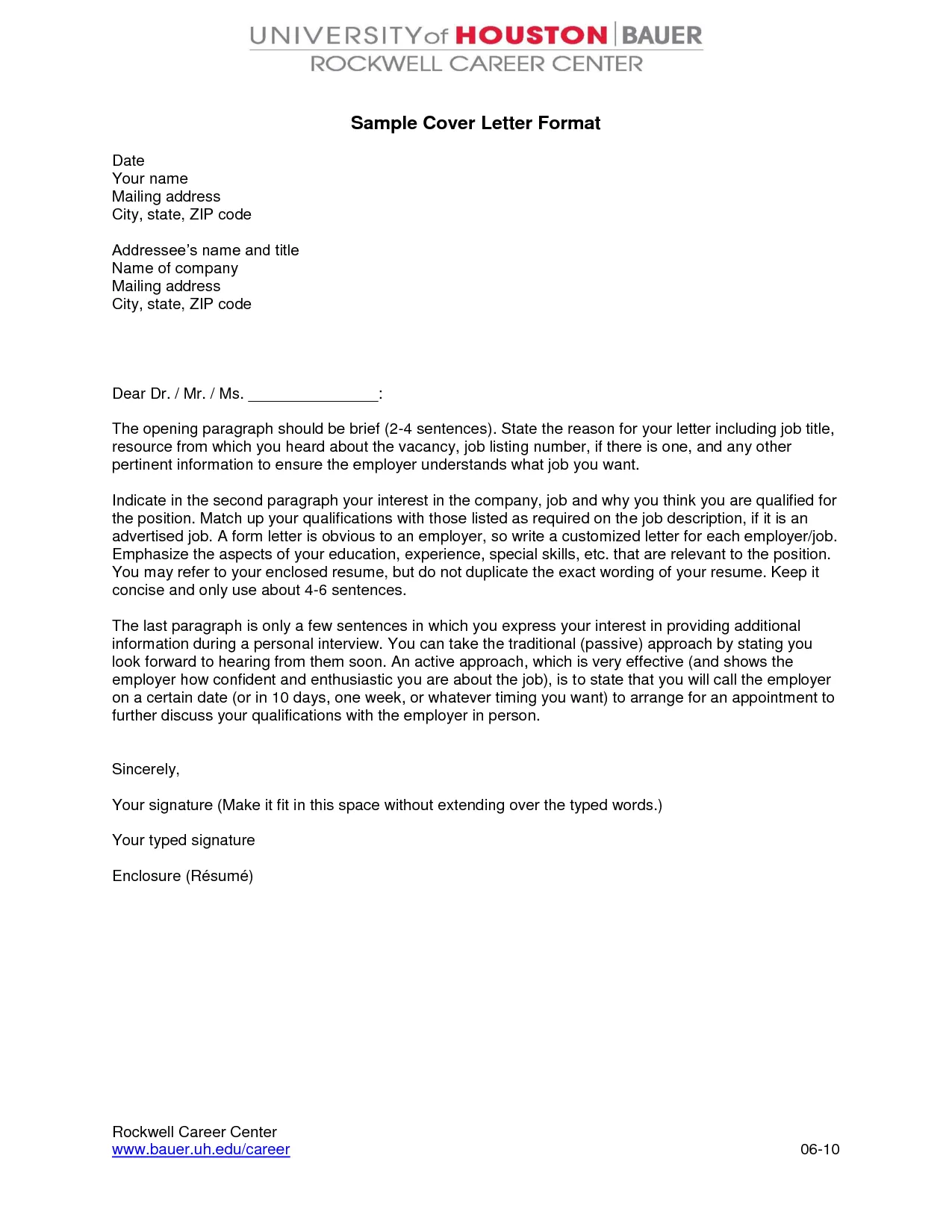
Researching the Company and Role
Before writing your cover letter, thoroughly research the company and the specific role. Visit the company’s website, read its mission statement, and review its recent news and social media presence. Understand the company’s culture, values, and goals. Analyze the job description carefully, identifying the key skills, experiences, and qualifications the employer is seeking. This research is essential for tailoring your cover letter to the specific needs of the employer and demonstrating your genuine interest.
Tailoring Your Letter to the Job Description
Customize your cover letter for each job application. Don’t use a generic template. Use the job description as a guide to highlight the most relevant skills and experiences. Address each requirement mentioned in the job posting. Explain how your qualifications align with the specific needs of the role and the company. Tailoring your letter demonstrates your attention to detail and commitment to the position. This personalized approach sets you apart from candidates who use a one-size-fits-all approach.
Using Keywords Effectively
Incorporate keywords from the job description into your cover letter. Use these keywords naturally throughout your letter to demonstrate your understanding of the role and your relevant skills. Avoid keyword stuffing, which can make your letter sound unnatural and awkward. Focus on incorporating relevant keywords into your descriptions of your skills, experiences, and accomplishments. This ensures your application aligns with the employer’s requirements and helps your application pass through applicant tracking systems (ATS).
Common Mistakes to Avoid in US Cover Letters
Generic Content and Lack of Personalization
Avoid using generic cover letters that could be sent to any company or role. Employers can easily spot generic applications. Take the time to personalize your letter for each job. Address the hiring manager by name, reference the company’s specific needs, and highlight why you are interested in the particular role. Personalization shows that you’ve done your research and are genuinely interested in the opportunity, making it more likely your application gets noticed.
Typos and Grammatical Errors
Proofread your cover letter meticulously. Typos and grammatical errors can undermine your professionalism and credibility. Use spell check and grammar check tools, but also read the letter aloud to catch any errors you might miss. Ask a friend or colleague to review your letter for a fresh perspective. Ensure your writing is clear, concise, and free of errors. This attention to detail will demonstrate your professionalism.
Ignoring Formatting Guidelines
Pay close attention to the formatting guidelines for the US cover letter format. Ensure your letter is properly formatted with the correct margins, spacing, and font. Incorrect formatting can make your letter difficult to read and reflect poorly on your attention to detail. Always save your cover letter in a PDF format to preserve your formatting. A well-formatted letter presents a professional image and makes it easy for the hiring manager to read and comprehend the information.
Resources for Further Learning
Numerous online resources can help you improve your cover letter writing skills. Websites like Indeed, LinkedIn, and The Muse offer templates, examples, and advice on cover letter formats. CareerBuilder and Glassdoor also provide valuable insights. Consider consulting with a career counselor or professional resume writer for personalized feedback. Practice writing cover letters and seek feedback to continuously refine your skills. These resources can help you create a compelling cover letter that secures you an interview.
